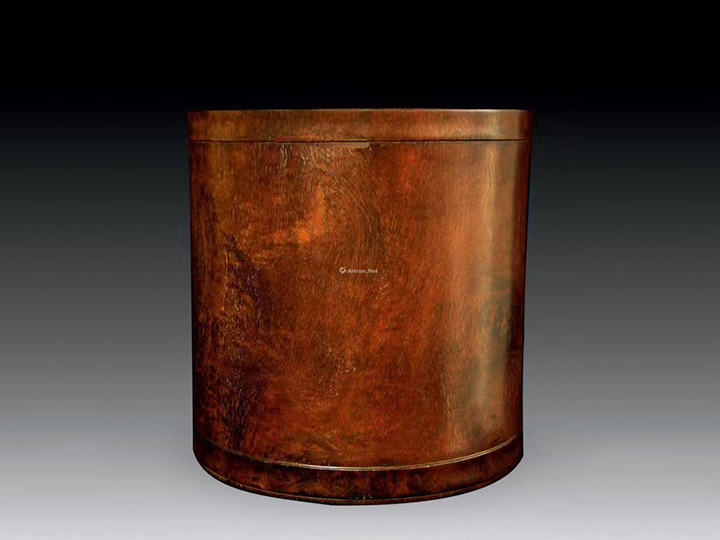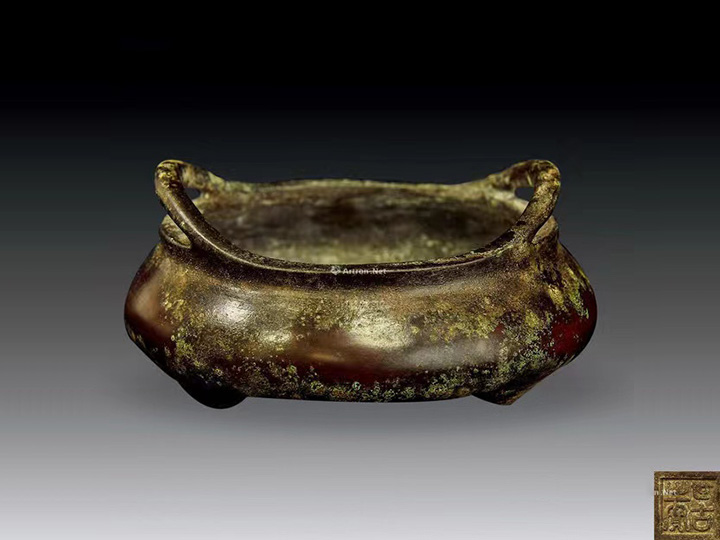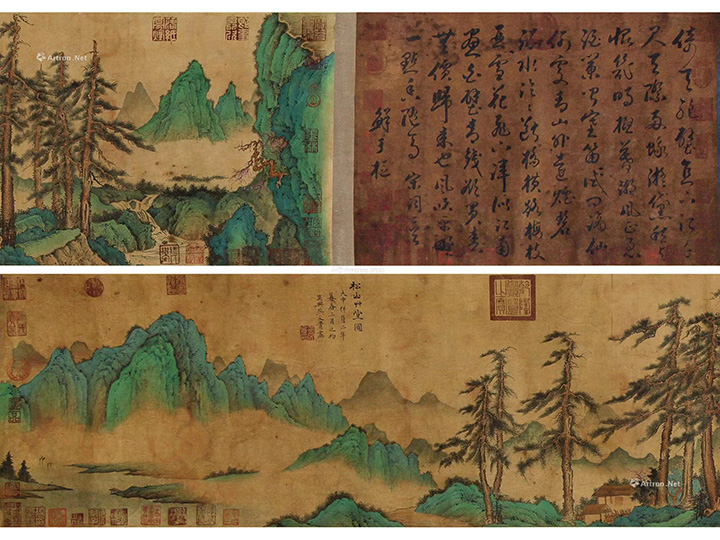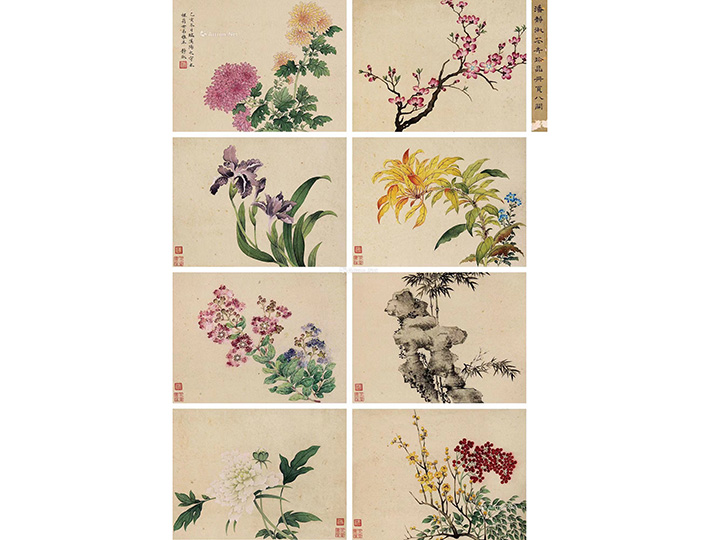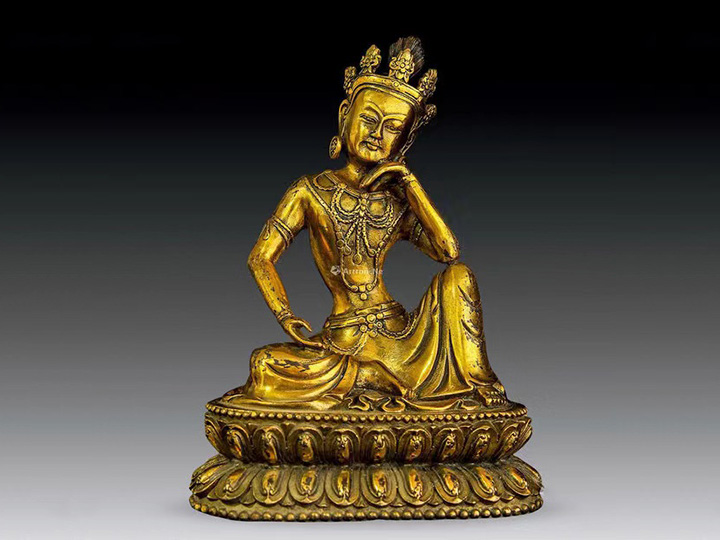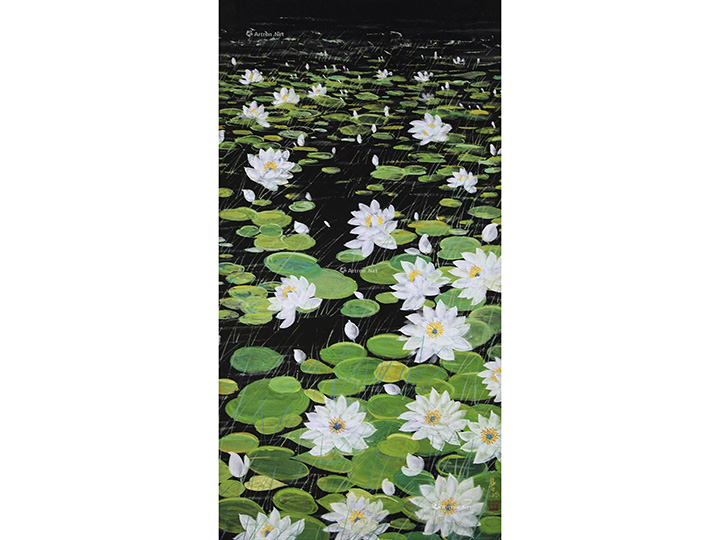The Development History of Jilan Glaze
- 2020-09-27
- 129 Views
Porcelain glaze color name: also known as "He Lan glaze" Cai Lan glaze "" Ji Qing glaze ". In the Ming and Qing dynasties, blue glaze was commonly referred to as" Ji Lan "-" We Warm Lime Iodine Glaze ", which was used for glaze application due to poor quality. At a high temperature of 1280-1300 degrees Celsius, it is fired once, with a deep color, a non flowing and non cracking glaze surface, a thick and uniform color tone, and a relatively stable color. Its glaze color is blue and deep sea, and the glaze surface is uniform and stable in color.
1. Porcelain glaze color name: also known as "He Lan glaze" Cai Lan glaze "" Ji Qing glaze ". In the Ming and Qing dynasties, blue glaze was commonly referred to as" Ji Lan "-" We Warm Lime Iodine Glaze ", which was used for glaze application due to poor quality. At a high temperature of 1280-1300 degrees Celsius, it is fired once, with a deep color, a non flowing and non cracking glaze surface, a thick and uniform color tone, and a relatively stable color. Its glaze color is blue and deep sea, and the glaze surface is uniform and stable in color. Later generations called it "Jiqing" and placed it on par with white glaze and red glaze. It is regarded as one of the three "top-grade" porcelain with Xuande color glaze, inheriting the traditional firing process of the Yuan Dynasty and continuously firing. Its main shape is porcelain used for displaying sacrificial vessels and spears.
Blue glaze originated from cobalt coloring agent and can be traced back to Tang Dynasty tri colored porcelain. High temperature cobalt blue glazed porcelain was invented in Jingdezhen during the Yuan Dynasty. Cobalt is a coloring agent for blue and white, which can be fused into the glaze to form cobalt blue with stable color. However, for brightly colored blue glaze, in addition to a clean glaze color, it also needs a pure white substrate to reflect the ideal of blue like a gemstone. After the invention of high-temperature cobalt blue glaze in the Yuan Dynasty, Jingdezhen Taoists invented glaze colors such as celadon, wine blue, and sky blue during the Ming and Qing Dynasties, which are colorful and intriguing.
2. There are two methods for applying blue glaze: the glaze application method is to first apply a layer of blue and white cobalt material on the damaged body, and then carve and shape it after it dries in the shade. After the decoration is done, another layer of blue and white glaze is applied and fired into the box. When fired in the kiln, the porcelain appears to have a tight body glaze, no flowing glaze, and no cracking, but it is prone to shrinkage and cracking. This method was mostly used in the Yuan and early Ming dynasties. First, blue and white cobalt material is mixed with glaze water in a certain proportion, and then glazed several times at intervals. After drying in the shade, the porcelain is put into a box and fired in the kiln. After leaving the kiln, this type of porcelain looks shiny and shiny, with a strong jade texture and a glass like appearance. There is less shrinkage and leakage of glaze, but it is easy to flow. Since the Ming Dynasty, ice cracks have appeared in areas with thick blue glaze, while in the Yuan Dynasty, ice cracks in blue glaze were rare and the body and glaze were tightly sealed.

